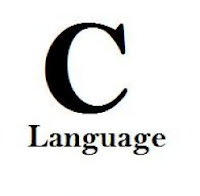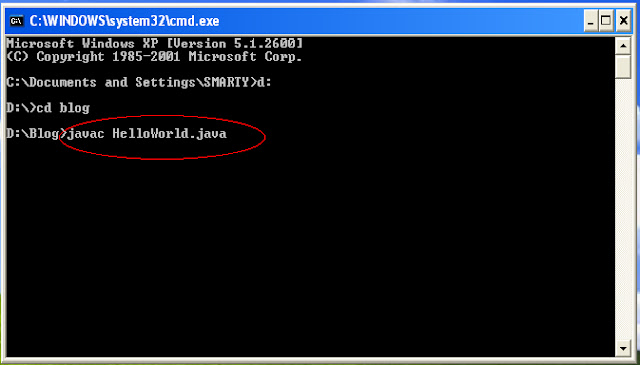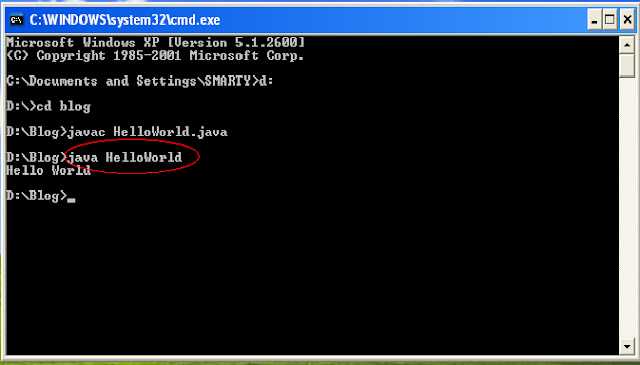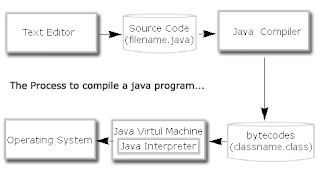 PHP
PHP is a language that has been growned so fastly. It was originally conceived as a set or
collection of macros to provide help to the coders to maintain their personal home pages, and its name given from this purpose i.e.
Personal(P) Home(H) Page(P). Since then, The capabilities of PHP have been extended, taking it beyond a set of utilities to a full-featured programming language, capable of managing huge database-driven online environments or say complete WEBSITE can be managed using PHP. As PHP's capabilities have grown, so its popularity is also increased. PHP was running on around
1 million hosts in Nov. 1999. And
in Feb. 2000, that figure had already risen to
1.4 million hosts. According to E-Soft, PHP is the only module which is most popular on Apache, beating even ModPerl.
Now, PHP is officially known as PHP -
"HyperText Preprocessor". It is an server-side scripting language basically written in an HTML context or HTML tag. Unlike an ordinary HTML page, a PHP script is not sent directly to a client by the server. Instead, it is parsed by the PHP binary or module or PHP interpreter. HTML elements in the script are left alone, but PHP code is interpreted and executed. PHP code in a script can be used to query databases, create images, read and write files, talk to remote servers. The possibilities in PHP are endless.
PHP is one of the easiest Web Development Language in which a complete full functioning website can be Developed in a day or two days.
As it provides the simplest Keywords to manage database, to get User Input or to respond user back.
Now-a-days this is most required language in the web development market.






















